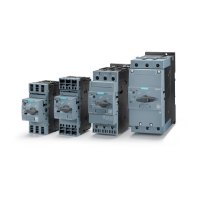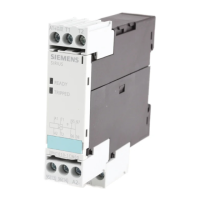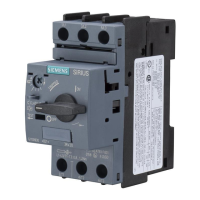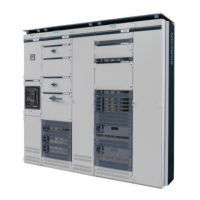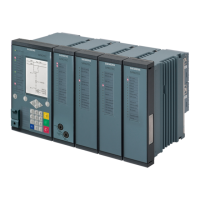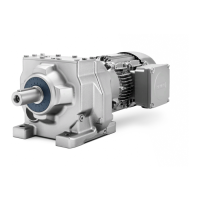System overview
1.10 Connection to the higher-level control
SIRIUS Innovations
90 System Manual, 01/2011, A8E56203870002-03
Analog signals
One further advantage of the IO-Link technology is that analog signals are digitized directly
in the IO-Link sensor and are then transmitted digitally via IO-Link communication. This
prevents any interference and eliminates the need for cable shielding.
Integration in STEP 7
Integration of the device configuration into the STEP 7 environment ensures:
● Simple and fast engineering.
● Consistent data storage.
● Fast location and clearance of faults.
This raises productivity across all phases of the system lifecycle − configuration,
commissioning, and operation. With the Siemens IO-Link solution, even sensors/actuators
and switching devices below the fieldbus level are optimally integrated with their complete
performance capability in the Totally Integrated Automation (TIA) environment.
1.10.2.2 Benefits
Benefits
The IO-link system offers important benefits when connecting complex (intelligent)
sensors/actuators:
● Dynamic modification of the sensor and actuator parameters directly via the PLC.
● Possibility of device replacement during operation without a programming device/PC, by
means of re-parameterization via the consistent storage of parameters.
● Fast commissioning due to central data storage.
● Integrated diagnostics information as far as the sensor and actuator levels.
● Uniform and significantly reduced wiring of different sensors/actuators/switching devices.
● Fewer parameterization tools.
● Integrated communication: transmission of process data and service data between
sensors/actuators and the control.
● Uniform and transparent configuration and programming by means of a parameterization
tool (Port Configurator Tool, PCT) integrated into SIMATIC STEP 7.
● Transparent representation of all parameter and diagnostics data.
● Reduced costs during configuration and commissioning.
● Alarms and indicators for preventive maintenance.
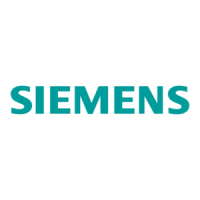
